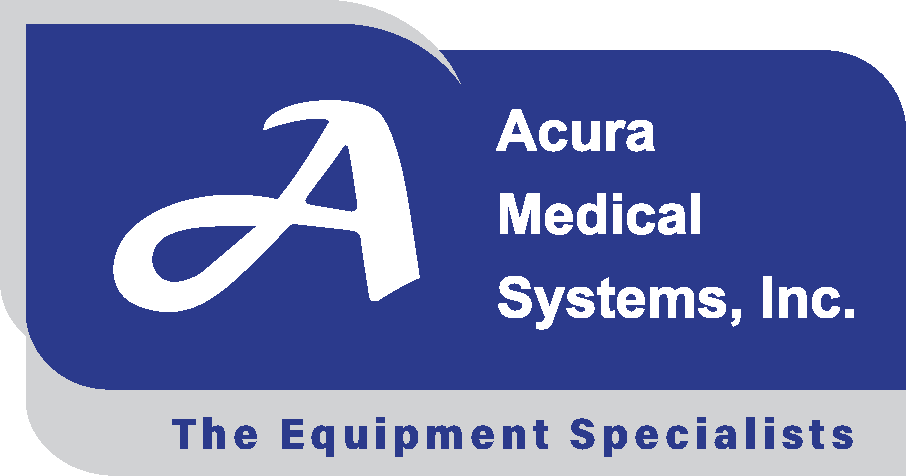Caring for your autoclave is important to minimize the need for repairs, which can be expensive and impact your patient care.
Your autoclave should come with a user manual, and it’s important to reference this and follow the directions provided by the manufacturer of your specific unit. This includes weekly or monthly cleaning.
You should have your autoclave inspected on an annual basis by a trained Technician. This allows you to confirm the unit is functioning properly, safely and as the manufacturer intends. It also allows you to identify issues and address them before they become a bigger problem and impact your patient care.
Below are some steps to maintain and use your autoclave.
- It’s important not to overload the autoclave, as this will cause inadequate sterilization and impacts the drying.
- You should drain the water from your reservoir on a weekly basis, and refill it with distilled water. Using distilled water is very important! You should never use tap water as it increases the amount of cleaning needed and can reduce the life of your autoclave. Using tap water can also lead to expensive repairs and can even result in the need to replace the unit.
- It is a strong recommendation to perform a biological live spore test weekly or at the very least monthly to ensure sterilization.
- It’s important that the contents you are sterilizing are clean and have no debris such as blood or organic tissue. Not doing so can damage the instruments, or the sterilizer. Using an ultrasonic cleaner prior to sterilization can help ensure the contents are clean.
- Check your door seal regularly for any damage. Door seals do need replaced, and the frequency will depend largely on the amount of use.

